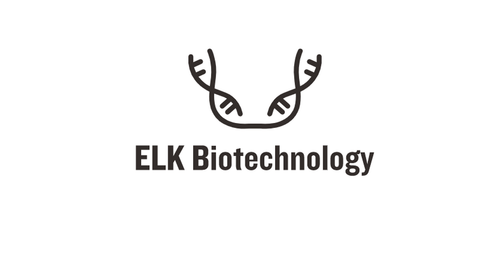Product Description
Translin Antibody | 6369 | ProSci
Host: Rabbit
Reactivity: Human, Mouse, Rat
Homology: Predicted species reactivity based on immunogen sequence: Bovine: (100%) , Chicken: (100%)
Immunogen: Translin antibody was raised against a 20 amino acid synthetic peptide near the carboxy terminus of human Translin.
The immunogen is located within the last 50 amino acids of Translin.
Research Area: Homeostasis
Tested Application: E, WB, IHC-P, IF
Application: Translin antibody can be used for detection of Translin by Western blot at 0.5 - 1 μg/mL. Antibody can also be used for immunohistochemistry starting at 5 μg/mL. For immunofluorescence start at 20 μg/mL.
Antibody validated: Western Blot in rat samples; Immunohistochemistry in human samples and Immunofluorescence in human samples. All other applications and species not yet tested.
Specificiy: At least two isoforms of Translin are known to exist; this antibody will detect both.
Positive Control 1: Cat. No. 1462 - Rat Lung Tissue Lysate
Positive Control 2: Cat. No. 10-101 - Human Lung Tissue Slide
Positive Control 3: N/A
Positive Control 4: N/A
Positive Control 5: N/A
Positive Control 6: N/A
Molecular Weight: N/A
Validation: N/A
Isoform: N/A
Purification: Translin Antibody is affinity chromatography purified via peptide column.
Clonality: Polyclonal
Clone: N/A
Isotype: IgG
Conjugate: Unconjugated
Physical State: Liquid
Buffer: Translin Antibody is supplied in PBS containing 0.02% sodium azide.
Concentration: 1 mg/mL
Storage Condition: Translin antibody can be stored at 4 ˚C, stable for one year. As with all antibodies care should be taken to avoid repeated freeze thaw cycles. Antibodies should not be exposed to prolonged high temperatures.
Alternate Name: Translin Antibody: C3PO, RCHF1, TBRBP, TRSLN, BCLF-1, REHF-1, Translin, Component 3 of promoter of RISC, C3PO
User Note: Optimal dilutions for each application to be determined by the researcher.
BACKGROUND: Translin Antibody: Translin is a DNA-binding protein which specifically recognizes conserved target sequences at the breakpoint junction of chromosomal translocations. Translin polypeptides form a multimeric structure that is responsible for its DNA-binding activity. Recombination-associated motifs and translin-binding sites are present at recombination hotspots and may serve as indicators of breakpoints in genes which are fused by translocations. These binding activities may play a crucial role in chromosomal translocation in lymphoid neoplasms. Recent evidence suggests that in combination with a binding partner Trax, Translin binds RNA and mediates trafficking in neurons.
 Euro
Euro
 USD
USD
 British Pound
British Pound
 NULL
NULL
















